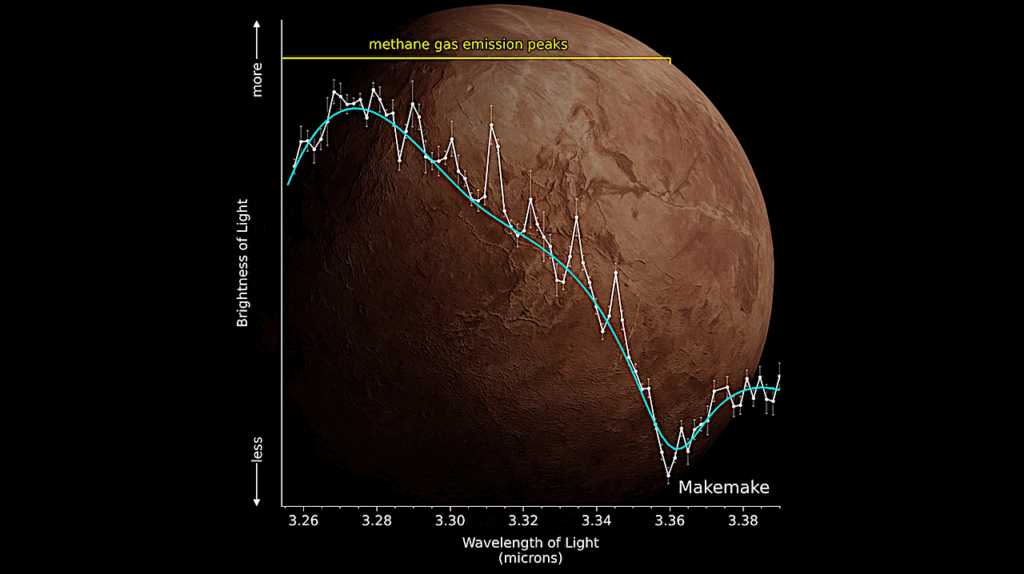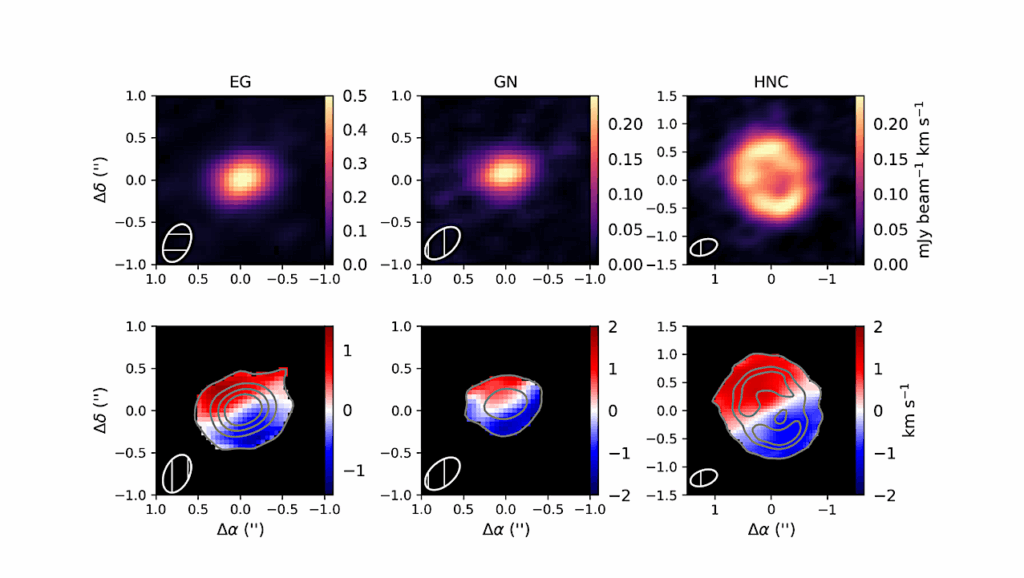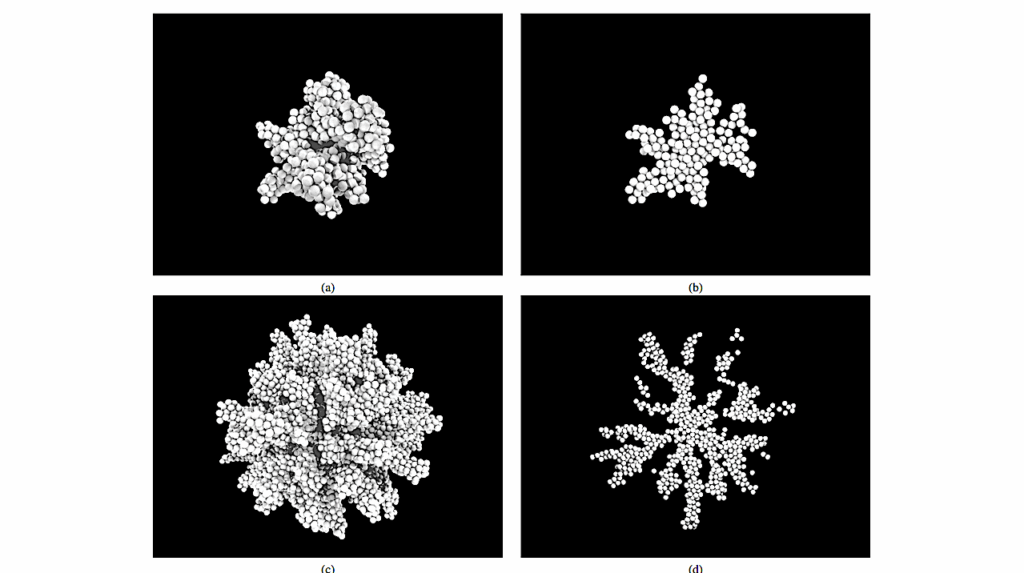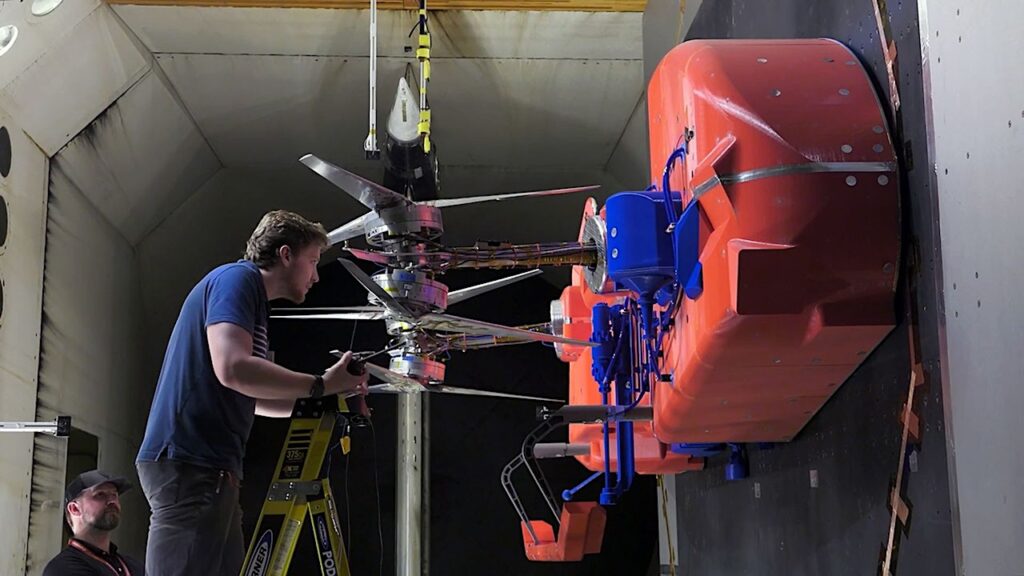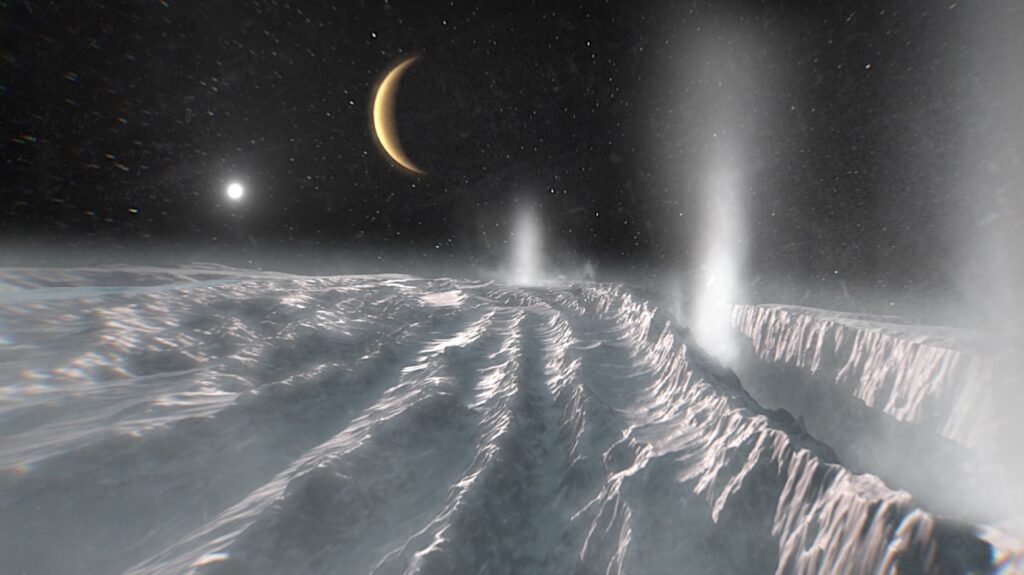Simultaneous Retrieval of Orbital Phase Resolved JWST/MIRI Emission Spectra of the Hot Jupiter WASP-43b: Evidence of Water, Ammonia and Carbon Monoxide

Spectroscopic phase curves of hot Jupiters measure their emission spectra at multiple orbital phases, thus enabling detailed characterisation of their atmospheres. Precise constraints on the atmospheric composition of these exoplanets offer insights into their formation and evolution.
We analyse four phase-resolved emission spectra of the hot Jupiter WASP-43b, generated from a phase curve observed with the MIRI/LRS onboard the JWST, to retrieve its atmospheric properties. Using a parametric 2D temperature model and assuming a chemically homogeneous atmosphere within the observed pressure region, we simultaneously fit the four spectra to constrain the abundances of atmospheric constituents, thereby yielding more precise constraints than previous work that analysed each spectrum independently.
Our analysis reveals statistically significant evidence of NH3 (4σ) in a hot Jupiter’s emission spectra for the first time, along with evidence of H2O (6.5σ), CO (3.1σ), and a non-detection of CH4. With our abundance constraints, we tentatively estimate the metallicity of WASP-43b at 0.6-6.5×solar and its C/O ratio at 0.6-0.9. Our findings offer vital insights into the atmospheric conditions and formation history of WASP-43b by simultaneously constraining the abundances of carbon, oxygen, and nitrogen-bearing species.
Jingxuan Yang, Mark Hammond, Anjali A. A. Piette, Jasmina Blecic, Taylor J. Bell, Patrick G.J. Irwin, Vivien Parmentier, Shang-Min Tsai, Joanna K. Barstow, Nicolas Crouzet, Laura Kreidberg, João M. Mendonça, Jake Taylor, Robin Baeyens, Kazumasa Ohno, Lucas Teinturier, Matthew C. Nixon
Comments: 17 pages, 14 figures, accepted for publication in MNRAS. Comments welcome!
Subjects: Earth and Planetary Astrophysics (astro-ph.EP)
Cite as: arXiv:2406.03490 [astro-ph.EP] (or arXiv:2406.03490v1 [astro-ph.EP] for this version)
https://doi.org/10.48550/arXiv.2406.03490
Focus to learn more
Submission history
From: Jingxuan Yang Mr
[v1] Wed, 5 Jun 2024 17:54:24 UTC (3,994 KB)
https://arxiv.org/abs/2406.03490
Astrobiology


